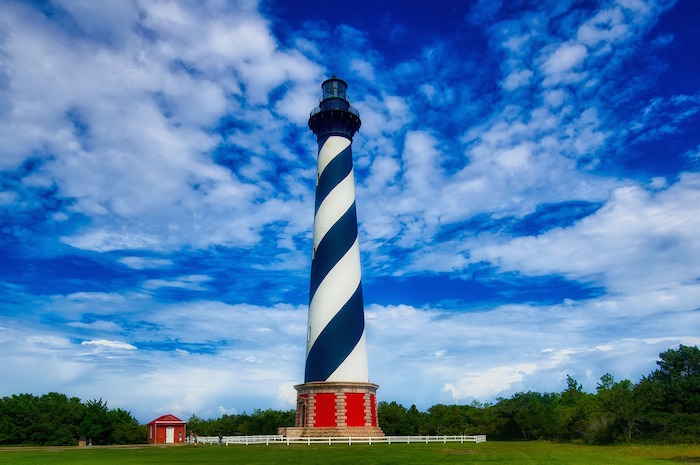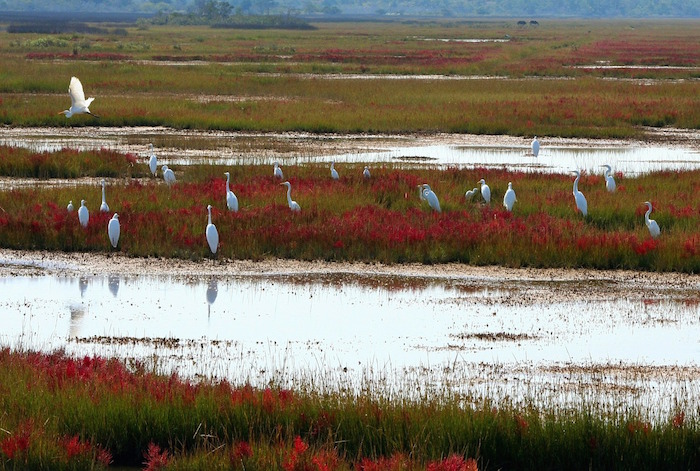Advertisement
This article describes the Atlantic Coastal Plain. Lots of Pictures!

Everglades National Park - Florida
Wide, winding rivers meander lazily through sandy soils. Seabirds call overhead and frogs croak from within thick and swampy patches of grass. At this intersection of land and water on the Eastern coast of the United States lies the Atlantic Coastal Plain region.
The Formation of the Atlantic Coastal Plain
This area, which stretches more than 2,200 miles from Massachusetts to Florida, was formed by powerful forces of oceans and rivers. To the west, the rivers of the Appalachian Mountains have flowed into the Atlantic Coastal Plain region for millions of years. In the mountains, the rivers race through steep drops and tight curves. Soil is stripped from the riverbanks and flows in rapid currents until it reaches the flatter and slower waters of the Atlantic Coastal Plain. Here, the calmer currents are too weak to carry the soil, so it is deposited at river edges onto the Plain. From the east, the sea level of the Atlantic Ocean rose and fell for millions of years. With each rise and fall, the ocean left flat and sandy layers of soil on the Atlantic Coastal Plain. Even today, the ocean continues to shape this region as sandy beaches and islands are gently pushed and shifted by ocean movements.

Cape Hatteras Lighthouse, North Carolina
Features of the Atlantic Coastal Plain
Wetlands and bays are common features of the Atlantic Coastal Plain. Bays are coastal bodies of water that are partially surrounded by land. Most of the bays of the Atlantic Coastal Plain occur in the northern part of the region. The southern part of the region has many types of wetlands, including marshes, swamps, and bogs. Forests are sprinkled across the entire length of the Atlantic Coastal Plain. Cypress and cedar trees grow in swampy areas while pine trees are more common in dry areas.

Assateague Island, Maryland
Diversity
The diversity of habitats in the Atlantic Coastal Plain supports a wide variety of plants and animals. Swamps in The Croatoan National Forest in North Carolina contain more carnivorous plants than any other national forest in the country. In Florida, manatees use rivers, bays, and other coastal waters as their home. Many species of the Atlantic Coastal are endemic, meaning that they live nowhere else in the world. The Florida panther and the Pine Barrens frog in New Jersey are both endemic species. There are also many rare plants, especially wetland and beach plants, that live only in this region.Related activities
Advertisement

